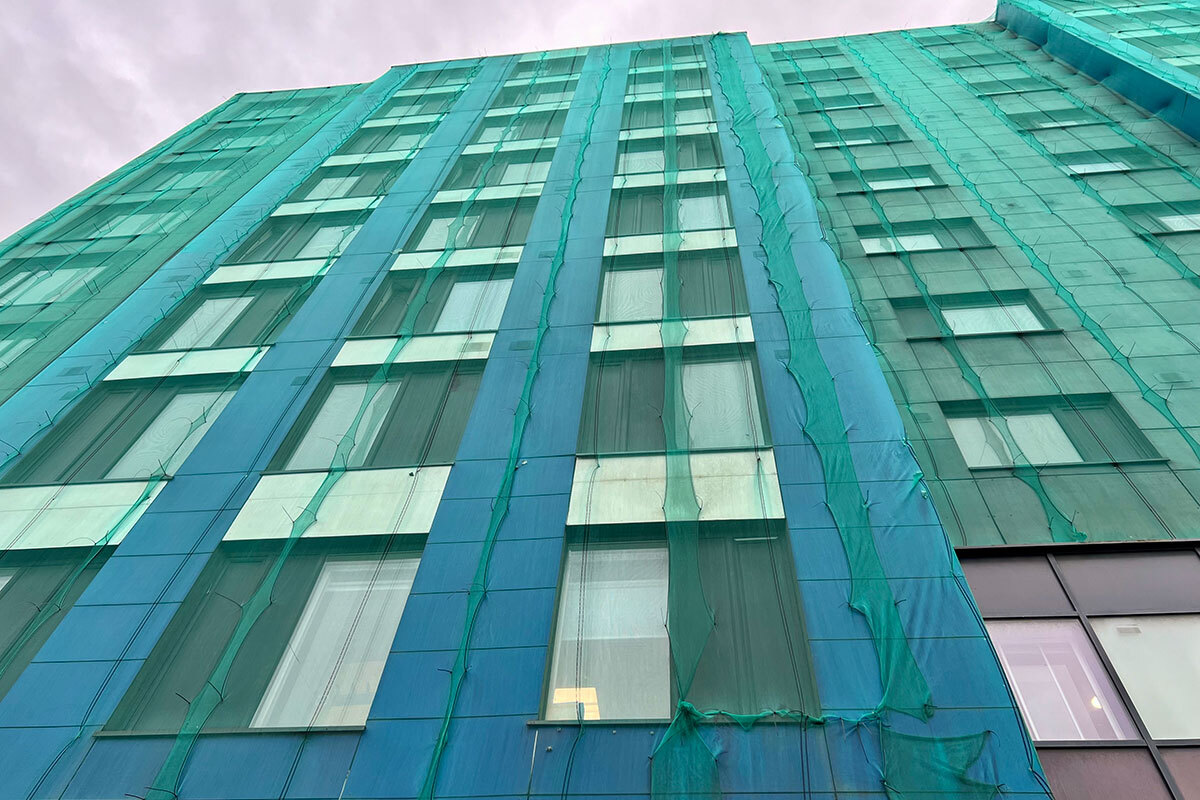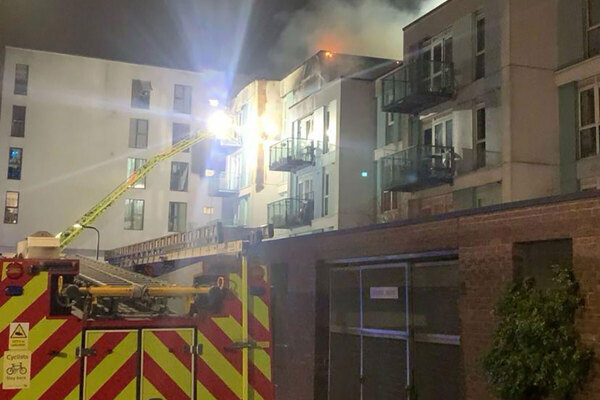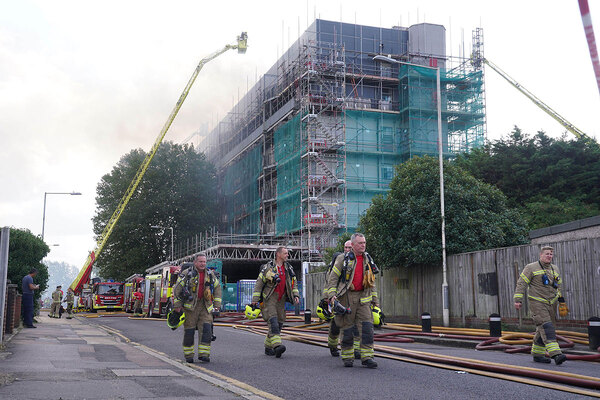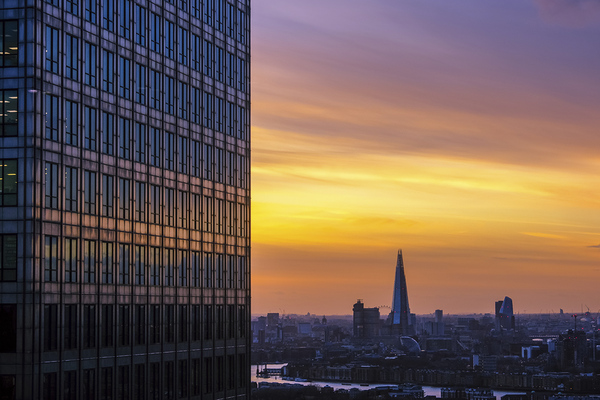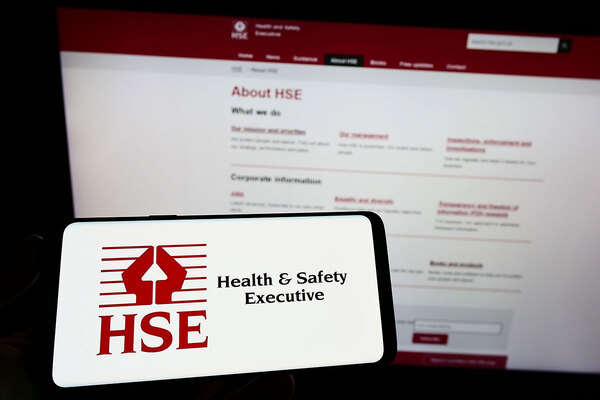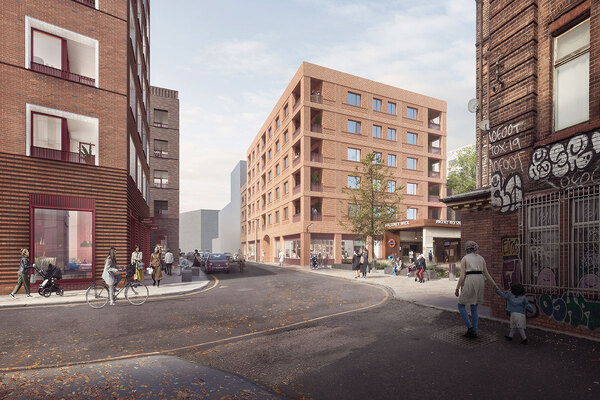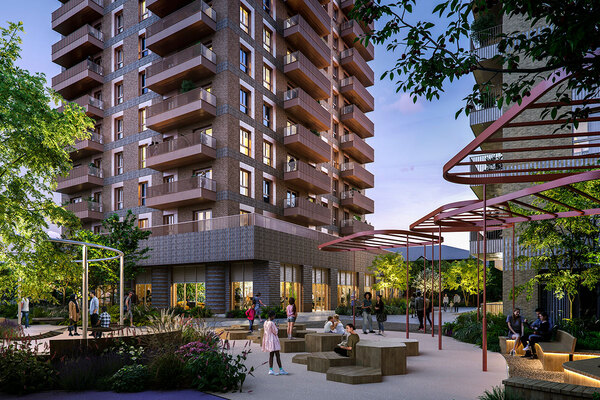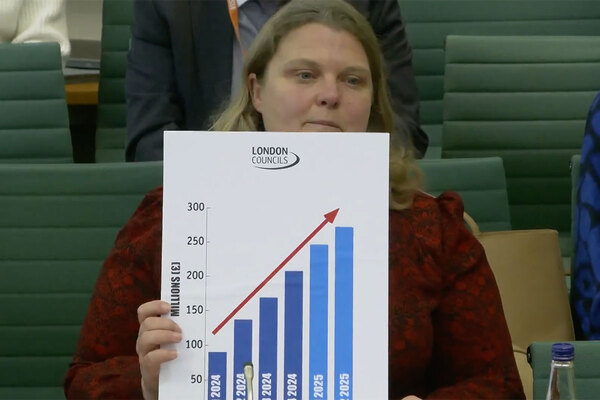Remediation work not yet started on half of buildings with unsafe cladding
Half of the housing blocks with unsafe cladding have not started remediation, according to the latest official data.
The latest report from the Ministry of Housing, Communities and Local Government (MHCLG) also revealed that 20% of social housing blocks with life-critical fire safety cladding defects have “unclear” remediation plans, equating to nearly 500 buildings.
Overall, of the 4,630 residential buildings standing at 11 metres or higher that have unsafe cladding, 2,331 have not started remediation as of the end of July 2024, MHCLG said.
Remediation work has either started or completed on 2,299 buildings. Of these, 1,350 buildings (29%) have completed remediation works.
The 4,630 buildings identified by the department with unsafe cladding has risen in the past couple of months, up from 4,374 in May and 4,613 in June.
MHCLG said this was largely due to changing its methodology to include social housing buildings that had completed remediation without government schemes before March 2024.
Focusing on the social housing sector, officials reported there were 2,414 social buildings standing 11 metres or higher that had “life-critical fire-safety cladding defects”. They were identified by a survey of registered providers and data from other government programmes.
Of these 2,414 social buildings with dangerous cladding, 1,208 (50%) have started or completed remediation works, with 663 (27%) having completed remediation. There are 489 buildings (20%) where remediation plans are unclear. Meanwhile, 717 buildings (30%) have remediation work plans in place but have not started remediation.
Of the social buildings with unsafe cladding, 1,138 (47%) are between 11 and 18 metres and 1,276 (52%) are 18. metres or taller. More of the lower-height buildings (262) have unclear remediation plans than those taller than 18 metres (227).
The data suggested that social landlords are making some progress on cladding fixes, with the number of social buildings where plans to fix life-critical defects were unclear down from 566 in February.
However, the data highlighted the scale of the ongoing building safety crisis, seven years after the Grenfell Tower fire in which 72 people died.
In addition, the fire at a block of flats in Dagenham, east London, on Monday sparked fresh scrutiny on the slow progress of cladding remediation in England. Work was underway to fix non-compliant cladding on the Spectrum Building when it caught fire, with scaffolding surrounding the property.
MHCLG also reported specific data on high-rise buildings with aluminium composite material (ACM) cladding, which are unlikely to meet building regulations. As of 31 July, of the 499 high-rise (18 metres and taller) residential and publicly owned buildings with ACM cladding, 488 (98%) have either started or completed remediation work, an increase of one since the end of June.
Of these, 438 buildings (88%) have completed ACM remediation, including those awaiting building control sign-off. There are 11 buildings yet to start ACM remediation (2% of all buildings).
The department said that one building is vacant, seven occupied buildings have forecast start dates, two further buildings have had local authority enforcement action taken against them, and the remaining building came in to scope in April.
As of 31 July, of the 801 high-rise residential buildings applying for funding through the government’s Building Safety Fund (BSF), 197 buildings (25%) have started remediation works and 321 buildings (40%) have completed remediation on unsafe non-ACM cladding.
Overall, 518 high-rise buildings (65%) that applied for the BSF have either started or completed remediation work on non-ACM cladding. Of these, 321 buildings (40%) have completed remediation work.
There are also now 1,565 buildings 11 metres and higher with life-critical fire safety defects which developers have committed to remediate or pay to remediate, an increase of 64 since March.
Of these, developers reported that 727 (46%) have either started or completed remediation work, an increase of 103 since the end of March. Of these, 362 (23%) have completed remediation work, an increase of 55 since the end of March.
When excluding buildings with only non-cladding defects, there are 1,424 buildings which developers have reported as having unsafe cladding. Of these, 677 (48%) have started or completed remediation, including 340 (24%) that have completed remediation.
Sign up for our fire safety newsletter
Already have an account? Click here to manage your newsletters
